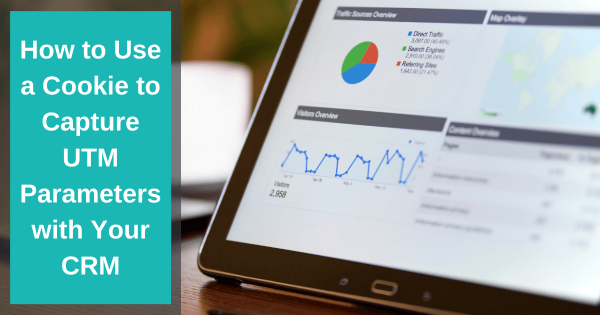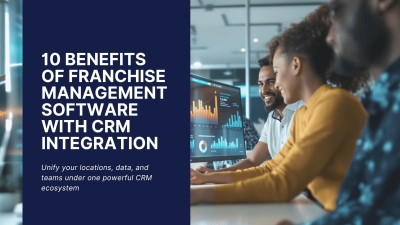Inbound Marketing Stages for Teams Who Want Steady Growth
by
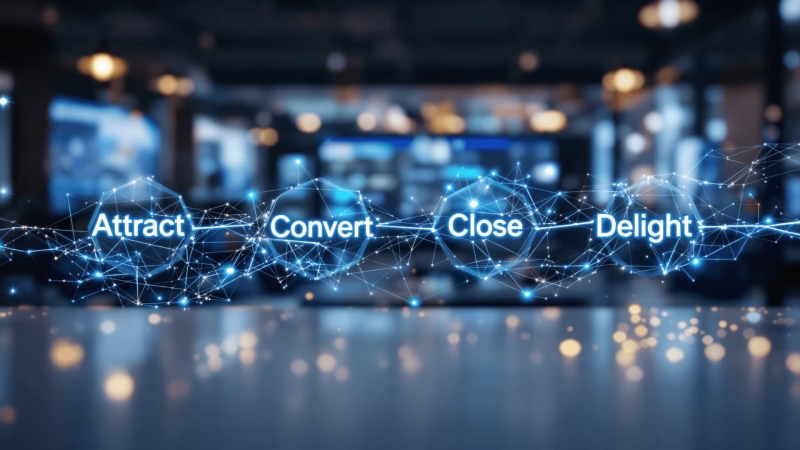
- What Are the Stages of Inbound Marketing?
- The Four Stages of Inbound Marketing at a Glance
- Why Inbound Marketing Matters
- Stage 1: Attract – Bringing the Right Prospects to You
- Stage 2: Convert – Turning Engagement into Qualified Leads
- Stage 3: Close – Moving Deals Forward with Steady, Consistent Communication
- Stage 4: Delight – Creating Customers Who Stay Longer and Advocate for You
- How CRM Automation Supports Every Inbound Stage
- Real Examples from Growing Teams
- Common Pitfalls to Avoid
- Conclusion
- FAQs
If you’ve ever tried to grow a business without a clear system for attracting and supporting the right people, you know how exhausting it can feel. One week, the leads are steady, the next week everything stalls, and you’re left trying to figure out what actually moved the needle. Inbound marketing gives you a way out of that cycle. It provides structure for how people discover you, learn from you, and eventually decide to work with you.
In this guide, we’ll walk through each stage of inbound together, focusing on what actually happens in the day-to-day of a growing team and how you can make each step feel more manageable and effective. Whether you’re tightening up your current process or building from the ground up, this breakdown will help you create a smoother, more predictable path for the people you’re trying to reach.
What Are the Stages of Inbound Marketing?
Inbound marketing works because it aligns with how people naturally make decisions. People want room to explore, a chance to weigh their options, and communication that feels thoughtful instead of rushed. The four stages of inbound marketing, Attract, Convert, Close, and Delight, give you a simple structure for supporting that journey. Each stage plays a different role, and together they help you build trust and steady momentum without overwhelming your audience.
Still, even the best marketing plans can fall apart when the systems behind them feel scattered. You’ve probably seen this before. Follow‑up relies on memory, tools don’t connect well, or leads get buried because no one has a clear process. When that happens, great opportunities slip away quietly. So in this guide, we walk through each stage in real, everyday terms, helping you build a process that makes sense to your audience and is realistic for your team to keep up with.
Let Us Help You Get Started!
Pulse CRM delivers more than software. We’re your partner in success.
We fully set up your CRM, including importing your data, configuring sales and marketing automations, designing branded email templates, writing engaging email copy, setting up sales pipelines, and much more.
The Four Stages of Inbound Marketing at a Glance
Before diving in deeper, it helps to see the stages side by side.
| Stage | Goal | Primary Activities |
|---|---|---|
|
Attract |
Bring the right people to your brand |
Content marketing, SEO, social posts, events, ads |
|
Convert |
Capture interest and qualify leads |
Forms, landing pages, resources, segmentation |
|
Close |
Help prospects make confident decisions |
Follow-up workflows, quoting, pipelines, retargeting |
|
Delight |
Build loyalty and long-term relationships |
Onboarding, status updates, success workflows |
This framework doesn’t rush people. It guides them. And, when your CRM mirrors these stages, both your team and your customers experience a smoother, more predictable journey.
Why Inbound Marketing Matters
If the last few years have taught us anything, it’s that buyers don’t follow a straight line anymore. They bounce between search results, social feeds, videos, and conversations with friends before they ever show up in your inbox. So your content has to meet them in those in‑between moments, not just at the finish line.
You’ve probably seen this yourself. Someone reads a blog post in the morning, scrolls through Reddit during lunch, then watches a quick explainer video later that night. When your content shows up in those places with something genuinely useful, you earn trust long before a salesperson ever steps in.
Speed plays a big role as well. People expect a quick, thoughtful follow‑up. A well‑known Harvard Business Review study highlights how timing can determine whether a conversation happens at all. The study may be older, but the behavior still remains the same today. When someone reaches out, they’re usually thinking about that problem right then. Meeting them in the moment makes a real difference.
That’s why inbound still works so well. It gives people room to explore on their own terms, then offers a clear next step when they’re ready. You’re not pushing. You’re simply staying present in a way that feels natural and respectful.
Stage 1: Attract – Bringing the Right Prospects to You
Attraction is where the relationship really begins. You and your reader are just meeting, so the goal is simple: be genuinely helpful. You’re not trying to reach everyone. You’re trying to connect with the people who already feel the problems you solve and are looking for someone who understands what they’re dealing with.
What Attract Looks Like in Practice
- Publishing helpful blog posts that answer real questions
- Sharing quick reflections or lessons on social media
- Running educational ads instead of hard‑sell campaigns
- Optimizing your pages so they show up when people search
- Hosting webinars or workshops that solve a specific problem
How to Strengthen Attraction
Here’s the thing. Your audience is already asking questions long before they ever speak to a sales rep. They’re typing late‑night searches, browsing forums, and swapping stories with colleagues. When you create content that speaks to those early moments of confusion or frustration, you show up as someone who gets them.
Short how‑to posts, simple checklists, and clear explanations often do the heavy lifting here. You don’t need flashy production or long reports. People want quick answers that help them understand what’s going on and what to do next.
Quick Examples of Attraction-Friendly Content
| Need | Helpful Format | Why It Works |
|---|---|---|
|
Early awareness |
How-to blogs |
Quick answers for confused readers |
|
Comparison stage |
Short guides |
Helps people evaluate options |
|
Problem-solving |
Checklists |
Easy to scan and bookmark |
Why This Stage Matters
A solid attraction stage makes everything that follows feel smoother. When people arrive already aligned with your point of view, your team doesn’t have to spend time proving relevance. You can go straight into helping them move forward. And if your CRM groups people by the topics they engage with, you get an early read on what your audience cares about most. For a practical example of this in action, explore this article on using tags for success.

Stage 2: Convert – Turning Engagement into Qualified Leads
Once someone sees real value in what you share, the next step is giving them an easy way to go a little further with you. Think of conversion as an invitation, not a transaction. You’re not just collecting email addresses. You’re creating a moment where a curious reader decides, on their own, that they want to stay connected.
What Conversion Requires
- Clean, simple forms that collect essential details
- Landing pages with a clear purpose
- Resources that genuinely help people move forward
- Segmentation that sorts leads by interest or intent
How to Improve Conversion Quality
Here’s where the moment matters. Every conversion point should feel like a fair exchange. Someone shares their information because they trust that what you’re offering is worth it. That’s why vague promises, long forms, or unclear headlines tend to shut people down. The benefit needs to feel immediate, specific, and helpful.
Segmentation is another small but important part of this stage. When leads are grouped by what they actually care about, your follow-up feels like a natural continuation of the conversation. If someone requests an email marketing guide, they expect more email-related help, not a generic pitch. And when you honor that expectation, your communication feels more thoughtful and more human.
Why This Stage Matters
Conversion is the bridge between passive interest and real engagement. It’s the moment a reader signals that they want more from you, and that gives your team permission to guide them more intentionally. Simple automations, such as tagging new leads or sending a resource immediately, ensure that nothing gets lost along the way.
Conversion is the moment when a casual reader becomes someone your team can guide. It creates a natural transition from broad education to more intentional communication. When simple automations handle tasks like tagging or sending resources instantly, nothing gets lost. To understand how automation fits into this stage, explore the marketing automation page.
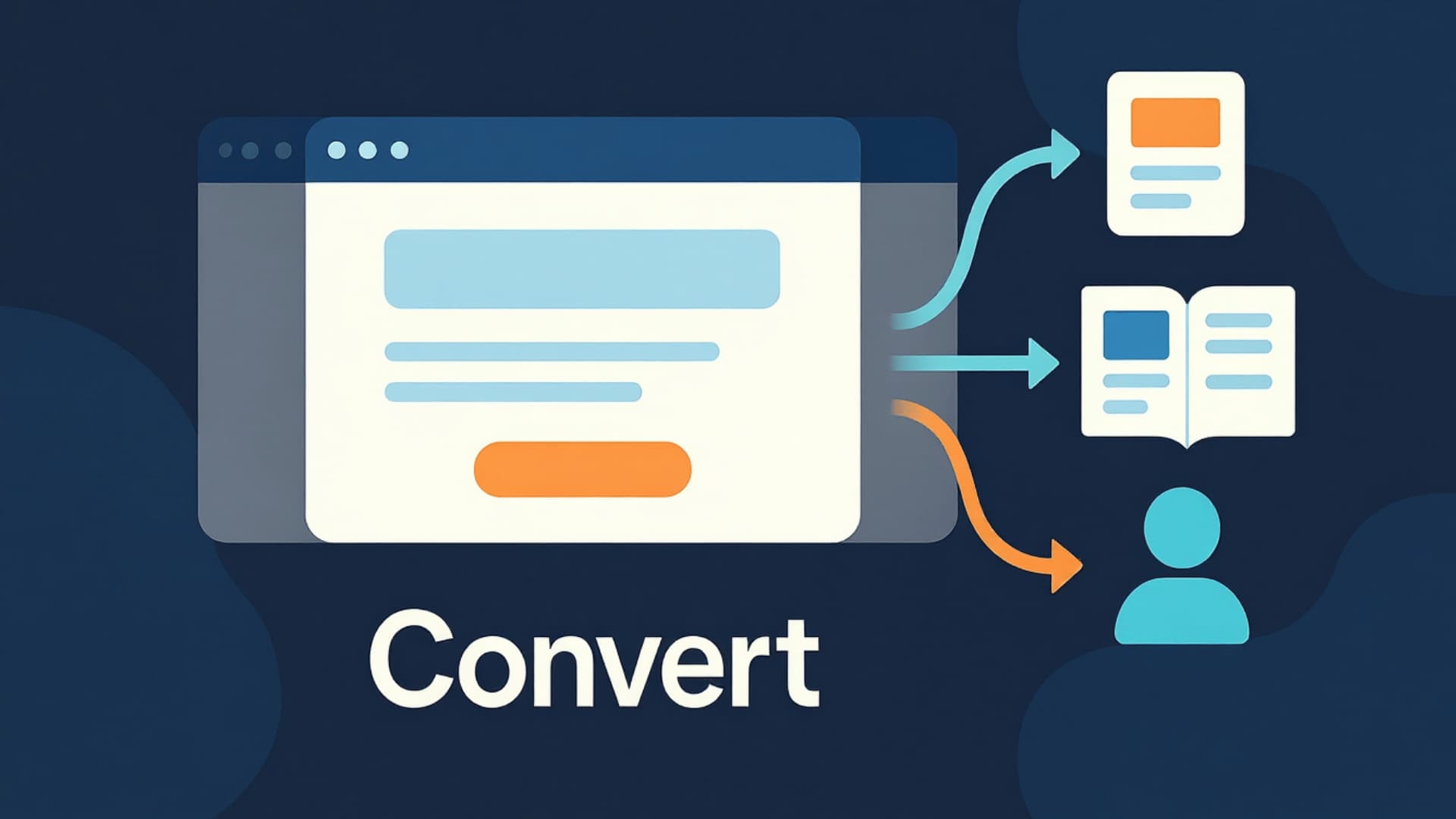
Stage 3: Close – Moving Deals Forward with Steady, Consistent Communication
Closing is often portrayed as a high-pressure moment, but in inbound marketing, it’s much steadier. Closing is about providing people with the right information at the right time, so they can make a confident decision.
What Closing Looks Like Today
- Personal but repeatable follow-up sequences
- A clear sales pipeline so your team knows the next step
- Timely reminders and assigned tasks that keep things moving
- Transparent quoting and approval processes
- Multiple communication channels, such as email and text
How to Close More Deals
Closing becomes easier when your process is consistent. Even the best leads go quiet when communication varies from one rep to another. A structured pipeline removes guesswork. Prospects feel the difference when every step is clear, and nothing slips.
A study from the RAIN Group found that top-performing sellers stand out by being helpful and responsive. These qualities aren’t personality traits, and they are habits supported by systems.
Why This Stage Matters
People remember how the sales process made them feel. When the experience is organized, thoughtful, and consistent, it sets the stage for a healthier customer relationship.
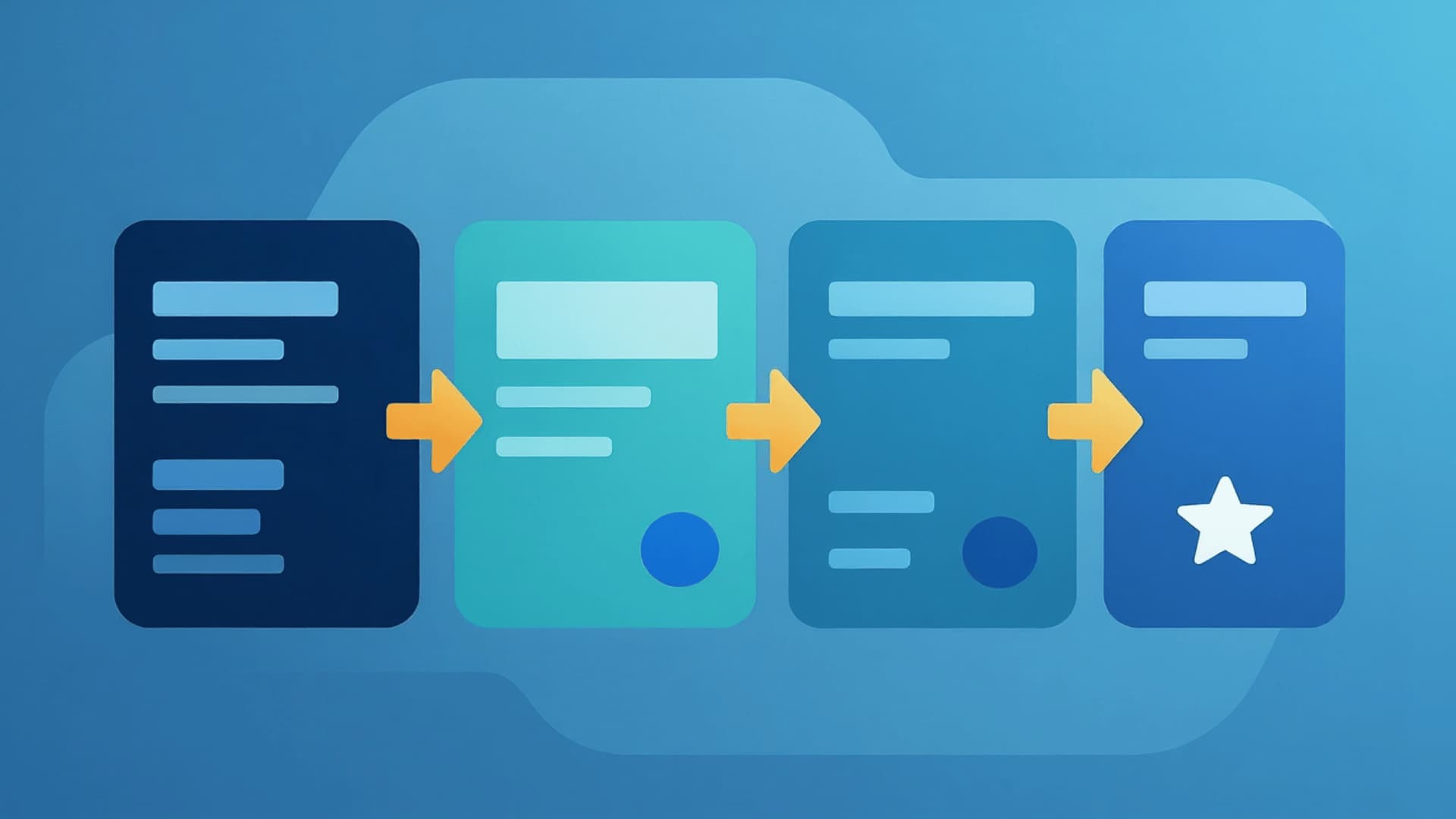
Stage 4: Delight – Creating Customers Who Stay Longer and Advocate for You
Delight is the stage most teams know they should focus on, but often don’t. After someone buys, the relationship isn’t finished. It’s just changing shape. The more supported a customer feels after the sale, the more likely they are to stay, renew, and recommend you to others.
What Delight Looks Like
- Smooth onboarding or kickoff processes
- Clear progress updates or regular check‑ins
- Customer success workflows
- Renewal or retention campaigns
- Personalized follow-ups based on milestones or behavior
How to Strengthen the Delight Stage
Think of delight as continuing the helpful tone you set during the sales process. Customers want to feel oriented and confident about what comes next. A short welcome message, a few check‑ins, or a simple resource library can make the experience feel intentional rather than improvised.
When customers feel supported early, they’re more likely to become repeat buyers later. If you want to explore how this plays out across the customer journey, you can read this article on customer lifecycle management.
Why This Stage Matters
When customers feel cared for, they naturally talk about your brand. They reduce churn, increase referrals, and often become your most dependable advocates. Delight isn’t extra. It’s part of long-term growth.

How CRM Automation Supports Every Inbound Stage
Every stage of inbound is easier when your CRM handles the repetitive work in the background. Automation does not replace the personal touch. It simply clears space, so your team can focus on conversations rather than spending time on repetitive manual tasks. When your processes reflect the same four‑stage journey your prospects follow, the entire experience feels consistent, steady, and thoughtful.
Attract
- Organize contacts based on the content they engage with
- Send helpful next steps automatically when someone interacts with content
At the attract stage, automation acts like a quiet helper. When someone reads an article or attends a webinar, a CRM can automatically send a related resource or tag them with an interest category. These small touches feel natural to the reader. They don’t feel like a push, just a nudge that says, “here’s something else that might help.” Over time, these interactions build familiarity with your brand.
Convert
- Create contact records automatically
- Segment leads by interest, so follow-up feels relevant
- Deliver resources instantly through automated messages
Conversion becomes smoother when leads don’t slip into the wrong buckets. Automation ensures every new contact enters your system with the right tags or categories from the start. This matters more than most teams realize. When the follow‑up aligns with the reader’s original interest, your communication feels considerate rather than generic. Sending the promised resource instantly also reassures them that your team is organized and dependable.
Close
- Move deals through pipelines with consistent steps
- Assign tasks to the right team members
- Send quotes or proposals quickly and reliably
Closing is where human conversations matter most. Automation supports these conversations by keeping everything on track. A CRM can assign tasks so nothing gets forgotten, notify a rep when a deal needs attention, or send a quick reminder to the prospect. These small touches keep momentum going without making the process feel rigid. When your team always knows the next step, prospects feel like they’re in capable hands.
Delight
- Run onboarding workflows that guide new customers
- Automate progress updates and helpful check-ins
- Track customer health and interaction patterns
Delight is all about helping customers feel supported after the sale. Automation can guide them through those early steps so they never feel left on their own. A simple onboarding sequence, a scheduled check‑in, or a friendly reminder can make the relationship feel steady and intentional. Over time, your CRM helps you notice patterns, such as customers who haven’t engaged recently or those who consistently interact with certain features. These insights help you offer help before issues grow.
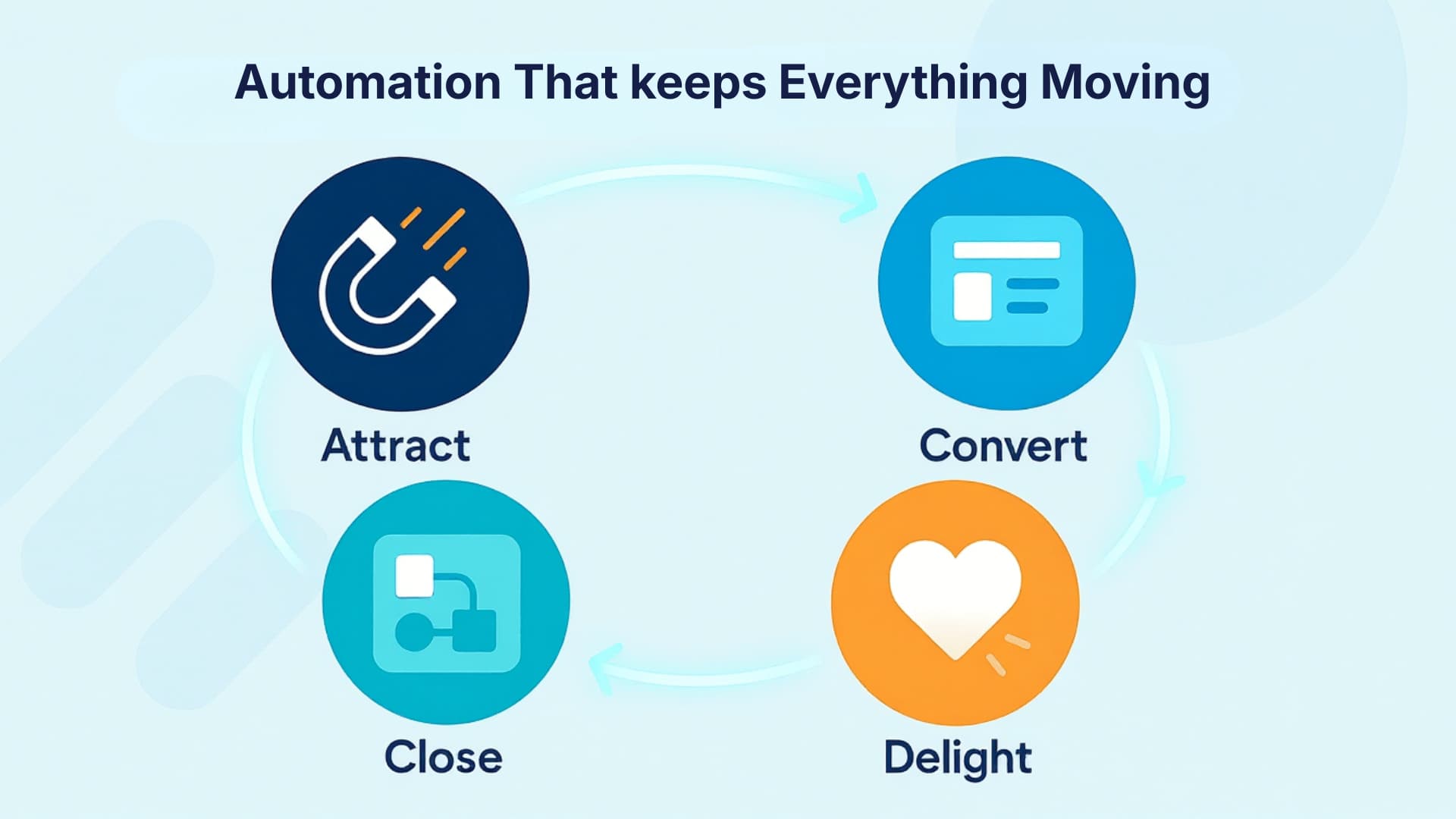
Real Examples from Growing Teams
These examples reflect the experiences of real businesses. They show how structure and steady communication make inbound work in day-to-day operations.
Coaching Firm
A coaching team relied heavily on webinars to attract prospects, but attendance and follow‑up were unpredictable. Once they set up automations for registrants and attendees, their attendance increased and lead quality improved. The biggest change wasn’t a new campaign. It just reduced the team's manual workload.
Cleaning Business
This team ran everything through spreadsheets, and follow‑up depended on who saw the message first. After building a simple workflow for new leads, response times dropped dramatically. The team didn’t work more hours. They just had a clearer rhythm.
Accounting Firm
Their challenge wasn’t generating leads. It was staying organized. Prospects often stalled because there wasn’t a clear next step. Once they introduced pipeline stages with built‑in automated follow-ups, conversations moved forward more smoothly, and clients felt more supported.
Let Us Help You Get Started!
Pulse CRM delivers more than software. We’re your partner in success.
We fully set up your CRM, including importing your data, configuring sales and marketing automations, designing branded email templates, writing engaging email copy, setting up sales pipelines, and much more.
Common Pitfalls to Avoid
Even strong teams can struggle with inbound if the foundation is not solid. These challenges tend to build slowly, which is why they often go unnoticed. By the time the symptoms are clear, such as inconsistent follow-up or a drop in lead quality, the root cause is usually a lack of structure rather than a lack of effort.
Common Missteps
- Publishing content without a next step.
- Collecting leads without segmentation.
- Relying on manual follow-ups.
- Using disconnected tools.
- Implementing a CRM without a proper structure.
Why These Issues Matter
When content does not guide the reader toward a natural next action, they often leave with good intentions but no direction. Segmentation plays a similar role. Without it, every lead receives the same broad communication, which can feel irrelevant to their specific needs. Manual follow-up creates another challenge because it depends on memory and availability. As lead volume increases, delayed responses become more common.
Disorganized systems add friction that prospects can feel. When your team must search across multiple tools to piece together a person’s history, communication slows and becomes less consistent. A clear CRM structure helps avoid these gaps.
How to Avoid Them
The easiest way to avoid these pitfalls is to define simple, repeatable processes. Create a clear next step for each piece of content, even if it is something small, such as a related article or a short resource. Use segmentation to make your follow-up more relevant. Automate tasks that tend to slip, such as reminders or tagging.
These improvements may seem minor, but they create a more dependable experience for both your team and your prospects. With a stable foundation in place, inbound efforts feel less reactive and more intentional.
Conclusion
Inbound marketing works because it respects how people want to buy. When your content, communication, and CRM all follow a steady rhythm, prospects feel supported rather than rushed. Each stage builds on the one before it, creating a path that feels natural for buyers and manageable for your team.
If you focus on clear next steps, simple systems, and thoughtful follow‑up, inbound becomes easier to maintain and far more reliable. Growth doesn’t come from working harder. It comes from creating a consistent experience at every stage.
If you want help coming up with the simplest ways your CRM and automation can support your inbound marketing efforts, you can book a free strategy session, and we’ll walk through it together.
FAQs
The four stages are Attract, Convert, Close, and Delight. Each stage reflects a step buyers naturally take as they move from initial curiosity to long-term trust. Understanding these stages helps your team focus on what buyers need instead of what you hope they are ready for.
Inbound aligns with how people make decisions today. Buyers want space to research quietly, compare options, and move forward at their own pace. A helpful article, a clear resource, or a simple follow-up message often feels more trustworthy than a high-pressure pitch. Modern search trends and conversational tools also reward content that directly answers questions, which makes inbound a natural fit for teams that want predictable, sustainable growth.
People want helpful content and steady communication. Inbound aligns with how buyers research, compare, and choose solutions.
Yes. In many cases, smaller teams do inbound better because they can keep the strategy simple and the communication personal. With a few clear workflows and a reliable CRM to handle the repetitive tasks, even a two- or three-person team can deliver consistent follow-up.
Yes. Simple processes and consistent follow‑up make inbound sustainable for even the smallest teams.
A CRM keeps all your interactions, tasks, and conversations in one place so nothing gets missed as prospects move through the inbound journey. It organizes contacts, tracks what they engaged with, and helps your team send timely, relevant follow-up. This matters because buyers expect quick, thoughtful communication, even when your team is busy. With simple workflows, a CRM can instantly send resources, assign tasks, and remind your team when a prospect needs attention, creating a steadier experience for everyone involved.

